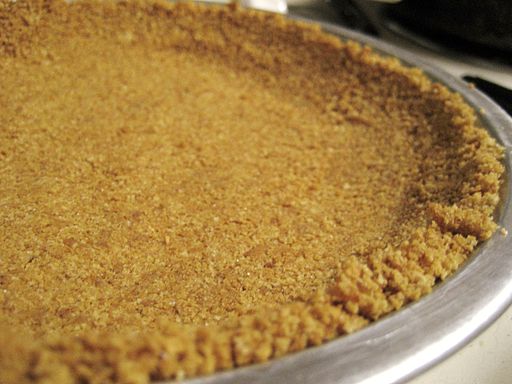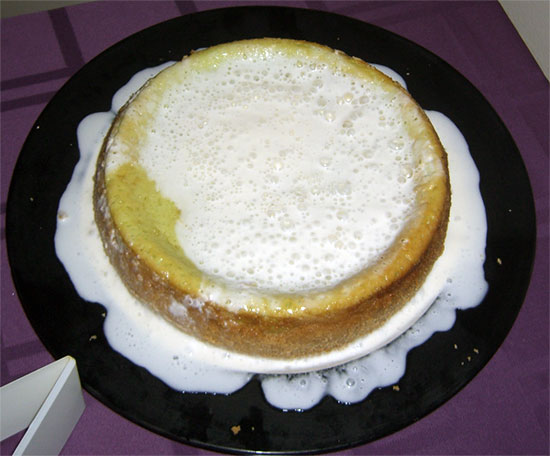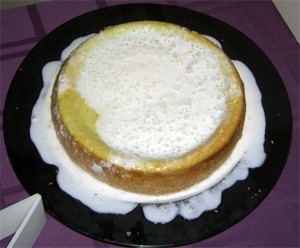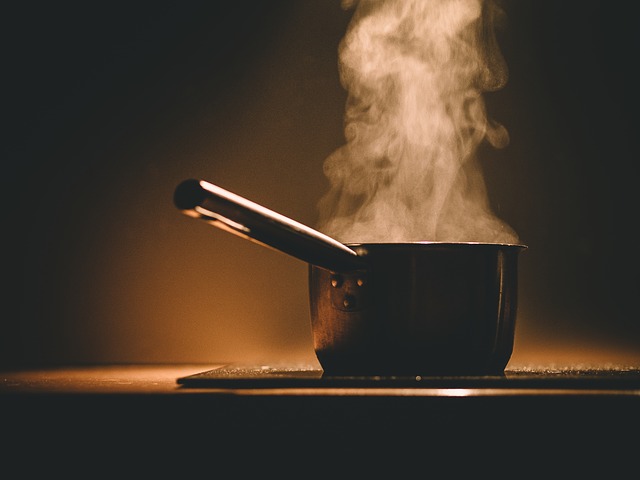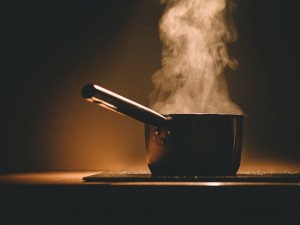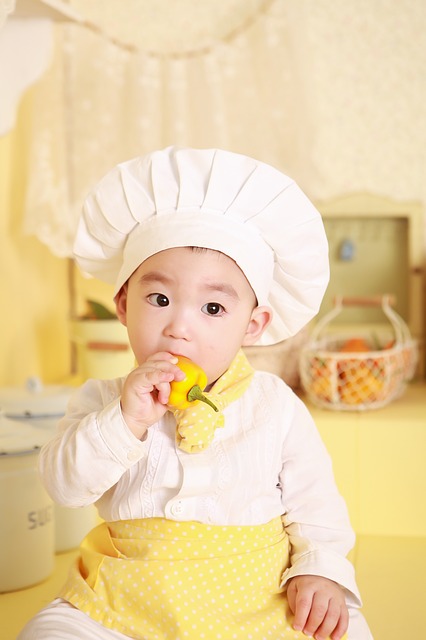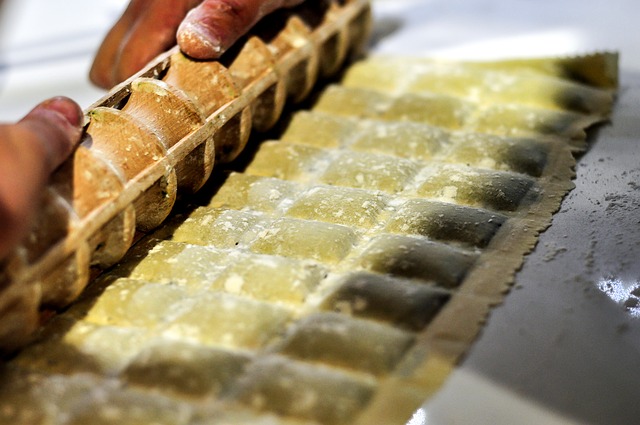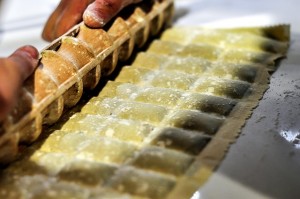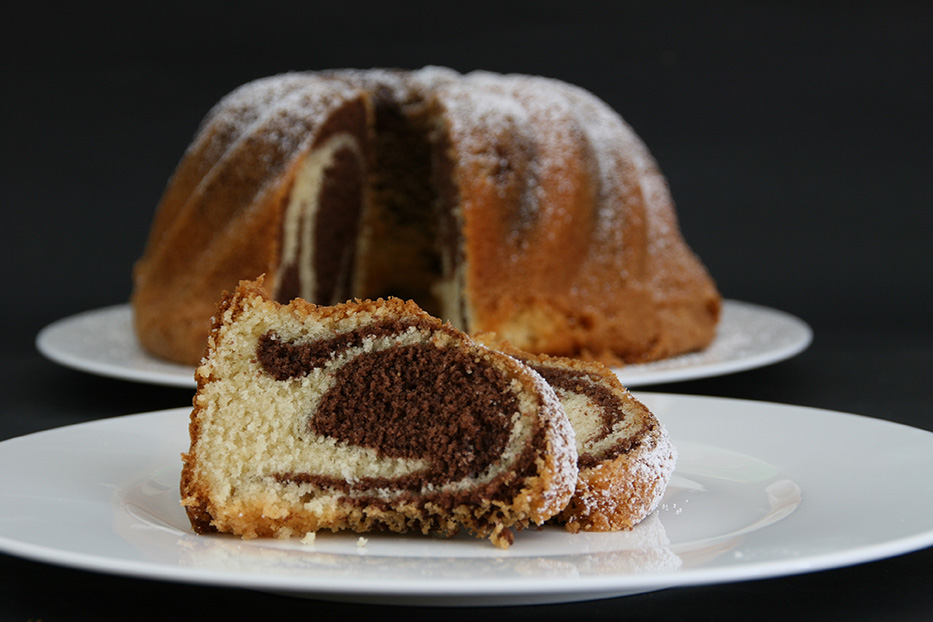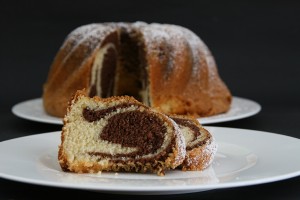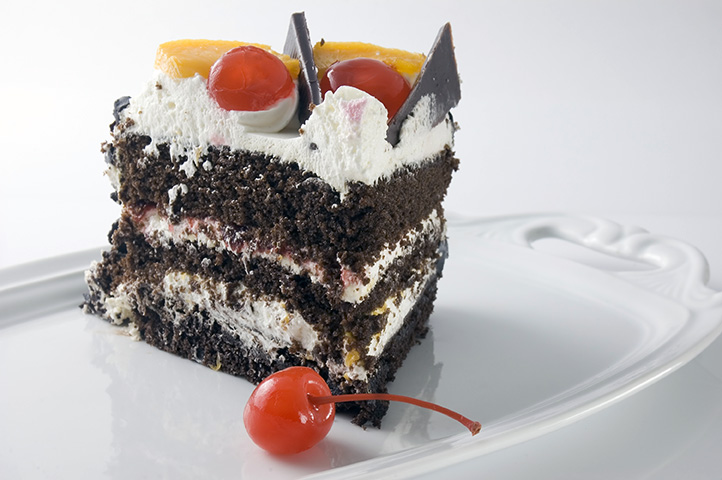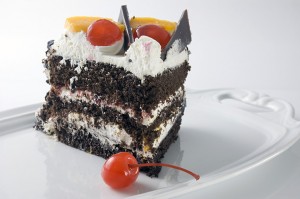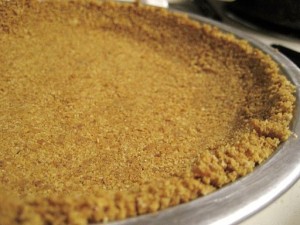
You can make a wide variety of fun, tasty pie crusts from other types of cookies. The key is to choose crispy cookies, as soft cookies are more likely to create a soggy crust. Here are some suggestions:
- Gingersnaps — great with pumpkin pie or vanilla custard filling
- Chocolate cookies — great with chocolate fillings. Oreos can be used, but if you don’t remove the creaming filling, be sure to reduce the butter.
- Vanilla Wafers — Toast them first so they are extra crispy
- Oatmeal cookies — Be sure to use the crispy kind!
- Shortbread cookies — A great subtle crust flavor
- Pecan Sandies — This adds a touch of nuttiness to the shortbread cookie idea
Ready to get creative with your crumb-y pie crust? Here’s a basic recipe:
1 1/2 cups finely ground cookie crumbs
6 tbsp melted butter
Mix together and press into your pie tin. Fill with your chosen filling! For some ideas on what to fill that pie crust with, grab a copy of Your Perfect Pie.

